Position Statement: Housing of growing pigs (post-weaning)
Policy type: Position statement
Reference: 7c
Status: Current
Date ratified: June 2022
The New Zealand Veterinary Association (NZVA) has produced a position statement on the housing of growing pigs to reflect the diversity of opinions within the membership.
- The NZVA supports a minimum space allowance determined by the formula m2 = 0.034 x liveweight(kg)0.67 where this space does not include open drains, outside dunging areas and areas that are excessively fouled in deep-litter systems.
- The NZVA believe all growing pigs should be provided with manipulable materials (toys) to enrich their environment in a manner that is safe and hygienic (e.g. chains, balls, untreated wood, fibre). that more than one type of material/toy should be available at any one time and that these materials/toys should be changed to provide variety and stimulation.
- The NZVA supports housing systems that provide minimal disease/immune challenge, good environmental conditions and that minimise social disruptions (e.g. all-in, all-out).
Explanation
- The NZVA recognises that the health and welfare implications of different housings systems on pigs between weaning and slaughter is multifactorial and is the cumulative result of space, temperature, air quality, flooring, hygiene, health status, access to feed and water, group dynamics, and environmental stimulation. As pigs are social and hierarchical animals, moving and mixing events are extremely stressful to them and the impact of these events may outweigh perceived advantages such as the provision of more space.
- Scientific evidence supports the conclusion that where the ‘k’ value* is 0.034 or above, space allowance has no further impact on measurable pig welfare where other factors are not limiting e.g. ability to provide a dry lying area.
Guiding Principles
- Where any ‘k’ value is applied, the pigs have relatively more space during their first weeks in the area which reduces as they grow and increase in size. The ‘k’ value determines the minimum space allowance permitted before the pigs must be moved to a more generous space allowance.
- The social disruption associated with additional moving is likely to be more detrimental to the welfare of the pig than the ‘k’ value at the end of a production stage.
- Within a given available space, a greater ‘k’ can only be provided by moving pigs more frequently and each move causes increased stress and has a negative welfare impact.
- Providing too much space i.e. a high ‘k’ value, will in some circumstances have the unintended consequence of making it challenging to maintain adequate environmental temperature and prevent pig from developing appropriate dunging habits.
* ‘The area for static space allowance for pigs is calculated from metabolic liveweight using the model equation: Area (m2) per pig = k x liveweight 0.67 where k is a constant. The formula gives an indication of the ‘footprint’ of a pig that is lying down (without sharing space with another pig). A k value of 0.019 represents the static space (area occupied when the pig is not moving) while lying on its belly while a k value of 0.047 represents a pig recumbent on its side. The minimum value for k under New Zealand regulations is currently 0.03.’ MPI
Further Reading
Gonyou HW, Brumm MC, Bush E, Deen J, Edwards SA, Fangman T, McGlone JJ, Meunier-Salaun M, Morrison RB, Spoolder H, Sundberg PL, Johnson AK. Application of broken-line analysis to assess floor space requirements of nursery and grower-finisher pigs expressed on an allometric basis. Journal of Animal Science 84, 229 – 235. 2006.
Fels M, Konen K, Hessel E, Kemper N. Determination of static space occupied by individual weaner and growing pigs using an image-based monitoring system. The Journal of Agricultural Science 156, 282–290. 2018.
Related pages and resources
Position Statement: Housing of growing pigs (post-weaning)
Position Statement: Housing of lactating sows indoors
Position Statement: Sow housing at mating
Clinical resources:
Pigs
